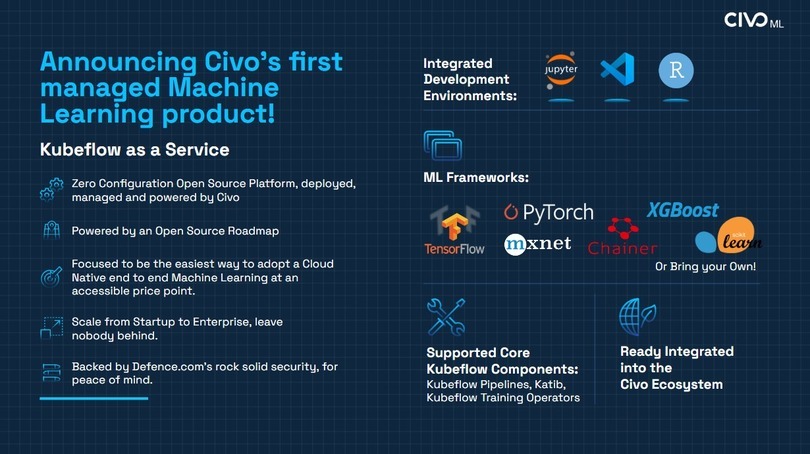Nowadays, when most people think about the term “machine learning,” they think of advanced, refined applications such as Chat-GPT, the chatbot-based deep learning text generator, or AlphaGo, the computer program that’s currently the “world's best player” of the board game Go.
Many may not realize that the concepts behind AlphaGo, were built upon previous attempts to use minimax searches and "expected-outcome-modeling," traced back to the 1940s being used to play the game tic-tac-toe. Additionally, the foundation for modern Deep Learning techniques, like Chat-GPT, was established in 1962 by Psychologist Frank Rosenblatt in a book titled “Principles of Neurodynamics: Perceptrons and the Theory of Brain Mechanisms.” Since then, research surrounding machine learning has catapulted, challenging increasingly advancing problems with more complex techniques alongside the rapid application to various industries such as pharmaceuticals, finance, education, retail, marketing, and advertising.
There is, however, one common challenge that every machine learning practitioner has scraped over the last 50 years - how do I get my answers faster?
What is machine learning?
If you ask experts from two different disciplines to define machine learning, you will likely get similar but diverging answers. This is not because either of them are wrong, but rather because certain techniques apply well to different problems, and a broad range of approaches leads to multiple perspectives and viewpoints (as they should!).
With the above taken into context, machine learning can be identified as a member of the artificial intelligence “family tree” that involves training computer systems to make decisions without explicitly being programmed. It involves feeding large amounts of data, typically referred to as “training data,” into a complex mesh of mathematics and software models or algorithms.
The machine learning model learns from this data iteratively, looking for patterns, trends, and correlations similar to how you process, analyze, and store the information in this blog post! We keep refining and testing this model until it can make consistently accurate predictions on new, unseen data. Then, when you’re confident your model has a general understanding of the data it’s ingesting, you lock that model's weights, biases, parameters, and artifacts into a deployment package you run at scale in production.
Why should I run machine learning on the Cloud?
Cloud Computing has drastically reduced the barrier of entry for machine learning in the past decade. The added flexibility of “rapidly renting” hardware in the cloud instead of owning, installing, and managing it in your own data center has enabled rapid development and pivoting of machine learning development processes. As a result, this has spawned a mass of tooling, platforms, and frameworks taking advantage of this new paradigm.
This rapid experimentation is enabled by more than just access to hardware but also by the high-performance compute concepts (such as NVMe GPU's) surrounded by unthrottled disk read/write speeds, low latency, and high availability networking. Invaluable to small companies, startups, and people learning at home.
This complements the elastic nature of machine learning perfectly, allowing simple implementations of high-performance infrastructure that can scale down to zero when not needed and launch like a rocket when you're training your model, running ETL, or optimizing Hyperparameters.
All of this complements cloud's "economy of scale," allowing you to pay less to return your results and reduce the time needed to deploy your model and return value.
Introducing Civo AI
We've looked back at the original value proposition of machine learning on the Cloud and thought long and hard about how we wanted to be different.
At Civo Navigate, we announced Civo AI, our new machine learning ecosystem designed from the ground up to enable rapid development and simple orchestration in a productivity-centric way. Our goal is to further invest in open, interoperable standards preventing barriers in ML Adoption across the ecosystem.
We aim to further reduce the barrier of entry for machine learning by eliminating the heavy lifting and complexity of accessing GPU-backed machine learning on the cloud.
Scalability
With cloud-based machine learning, you can scale resources up or down based on the performance needs of your model. This eliminates the need for advanced planning or investing in resources you may not need. Additionally, adding or removing resources such as CPU, GPU, or memory is easy, allowing you to adapt to changing demands and solve problems flexibly.
Flexibility
The flexibility of cloud-based machine learning allows you to easily switch between different hardware configurations and architectures, depending on the needs of your model. This means you are not limited by the hardware you have on-premises, allowing you to test different frameworks, libraries, and algorithms to optimize your model's performance.
Cost-effectiveness
With cloud-based machine learning, you can avoid the costs of large upfront investments in hardware, as you pay only for the resources you use. This can be more cost-effective than investing in expensive hardware that may not be fully utilized.
Collaboration
Many cloud-based machine learning platforms offer tools that facilitate collaboration and sharing, allowing teams to work together seamlessly on models. In addition, these platforms often include features such as version control, shared notebooks, and access controls, making it easy for team members to collaborate and share their work.
Security
Cloud-based machine learning can be more secure than on-premises solutions as the Cloud providers are responsible for the security of their infrastructure and services. They will have multiple layers of security, compliance, and data protection that can be hard to achieve for an organization. Many cloud providers also offer compliance certifications for specific industries, like healthcare and finance.

Our mission at Civo
Our mission with machine learning and Kubernetes at Civo is simple. We’re looking to reduce the time it takes for you to solve your problem, produce a meaningful return on investment using our best-in-class infrastructure, and reduce the cost through our transparent pricing. All while uplifting the Cloud Native and Open Source ecosystem.
For more information about Civo AI:
- DiscoverCivo's Machine Learning services. - Watch our ML made easy video from Josh Mesout at Civo Navigate NA 2023